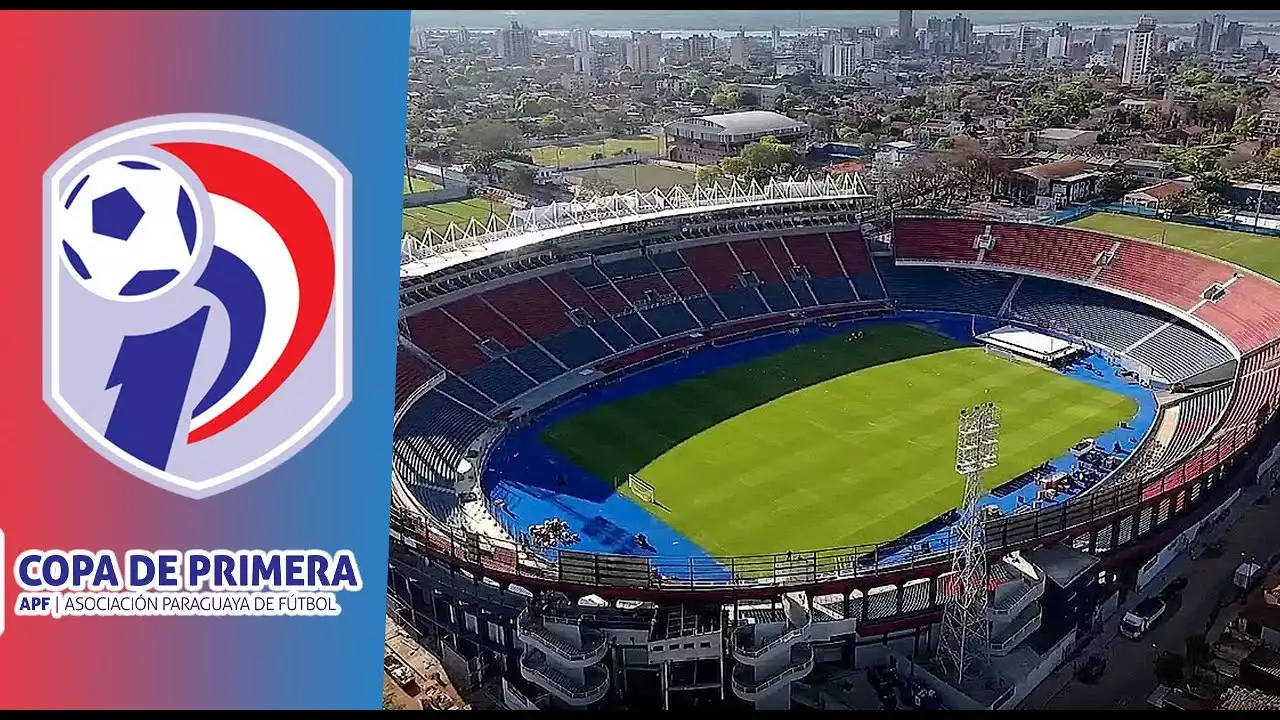Revenue sources for top clubs
When it comes to the financial success of Primera División's top clubs, revenue comes from multiple sources. These clubs are not solely reliant on ticket sales or TV broadcasting rights; they have diversified their income streams to ensure long-term financial stability. One of the most significant revenue sources for these clubs is sponsorship deals and partnerships.
Sponsorship deals play a crucial role in the financial success of top clubs. These deals involve collaborations with multinational corporations, global brands, and local businesses looking to associate themselves with the prestige and popularity of the clubs. Sponsorship deals can range from shirt sponsorships to stadium naming rights, with the value of these partnerships reaching astronomical figures. For example, Barcelona's recent sponsorship deal with a major technology company saw them receive a staggering amount of revenue, contributing significantly to their financial strength. These deals not only provide financial support but also offer clubs an opportunity to expand their global reach and fan base. Another significant revenue source for top clubs is ticket sales and matchday revenue. The passionate fans flock to the stadiums to witness their favorite teams in action, creating an electric atmosphere and generating substantial income for the clubs. Ticket prices vary depending on the opponent, the importance of the match, and the seating area, allowing clubs to maximize their earnings. Additionally, matchday revenue includes income from hospitality boxes, food and beverage sales, and merchandise purchases, further boosting the clubs' financial resources. Television broadcasting rights also play a pivotal role in the financial success of top clubs. These rights are sold to broadcasting companies, both domestically and internationally, for impressive sums of money. The clubs negotiate deals that ensure a significant portion of the revenue generated from TV broadcasting goes directly into their coffers. These contracts not only provide financial stability but also allow clubs to invest in player transfers, improve infrastructure, and enhance their global brand recognition. Merchandising and licensing form another substantial revenue stream for top clubs. The popularity of these clubs extends far beyond the football pitch, with fans eager to sport their favorite team's merchandise. From jerseys and scarves to keychains and mugs, the clubs capitalize on their fan base's loyalty by offering a wide range of products for sale. Licensing agreements also allow clubs to collaborate with various brands and create limited-edition merchandise, further increasing their revenue potential. With the rise of e-commerce and online stores, clubs can now reach fans worldwide, expanding their merchandise empire and boosting their financial standing. Player transfers and player sales are yet another critical aspect of the financial landscape of top clubs. These clubs invest heavily in scouting and developing talented players, aiming to build successful teams that can compete at the highest level. When these players excel, they become valuable assets that can be sold at a high price. For example, Real Madrid's sale of Cristiano Ronaldo to Juventus for a record-breaking transfer fee was a significant boost to their finances. The money received from player transfers can be reinvested in the squad or used to pay off debts, promoting financial stability and growth. In summary, the revenue sources for top clubs are diverse and extensive. Sponsorship deals and partnerships provide a substantial income stream, while ticket sales and matchday revenue offer a direct connection to the fans. TV broadcasting rights ensure global exposure and financial stability, while merchandising and licensing allow clubs to monetize their popularity. Player transfers and sales further contribute to the clubs' financial success. By diversifying their revenue sources, top clubs can navigate the economic landscape with confidence and maintain their position as financial giants.
Financial challenges faced by top clubs
While top clubs enjoy immense financial success, they are not without their challenges. The economic landscape they operate in is highly competitive and constantly evolving, presenting risks that can impact their financial stability and competitiveness. One of the primary challenges faced by top clubs is complying with financial fair play regulations.
Financial fair play regulations were introduced by governing bodies to ensure that clubs operate within their means and avoid excessive debt. These regulations require clubs to balance their books and limit their financial losses over a specified period. While these regulations aim to promote sustainability and prevent clubs from spending beyond their means, they can also limit the clubs' ability to invest in players or infrastructure. Non-compliance with financial fair play regulations can result in significant penalties, such as fines, transfer bans, or even expulsion from competitions. Despite the challenges posed by financial fair play regulations, many top clubs have managed to achieve financial stability and success. These clubs have implemented effective financial strategies and have made wise investments that have yielded substantial returns. By focusing on developing young talent, implementing cost-control measures, and maximizing revenue streams, these clubs have been able to thrive in a competitive economic landscape. For example, Barcelona's youth academy, La Masia, has consistently produced talented players, reducing the need for expensive transfers. Another aspect of financial stability for top clubs is their ability to generate revenue beyond the traditional sources. These clubs have recognized the importance of diversifying their income streams and exploring new avenues of revenue. By investing in technology, digital platforms, and innovative marketing strategies, these clubs have tapped into new markets and expanded their global reach. For instance, Real Madrid's partnership with a popular streaming platform has allowed them to reach fans worldwide, generating additional revenue and enhancing their financial position. In conclusion, while the economic landscape presents challenges for top clubs, their financial success is not solely based on luck or circumstance. These clubs have overcome obstacles by adhering to financial fair play regulations, implementing effective financial strategies, and diversifying their revenue streams. The ability to adapt to an ever-changing economic landscape has allowed them to maintain financial stability and competitiveness. By embracing innovation and focusing on sustainable growth, top clubs can continue to thrive and shape the world of football.
The ever-evolving economic landscape of top clubs
The world of Primera División's top clubs is constantly evolving, and so is their economic landscape. As the digital revolution continues to reshape the way we consume content and engage with brands, these clubs must adapt to stay ahead of the game. The rise of social media platforms and streaming services has presented new opportunities for clubs to monetize their content and connect with fans on a global scale.
Social media platforms like Instagram, Twitter, and Facebook have become powerful marketing tools for top clubs. With millions of followers, these clubs can engage with fans, share exclusive content, and promote their merchandise or sponsorship deals. By leveraging the power of social media, clubs can generate additional revenue through sponsored posts, partnerships with influencers, and targeted advertising. Furthermore, these platforms allow clubs to understand their audience better, gather data, and tailor their marketing strategies for maximum impact.
Streaming services have also transformed the way clubs distribute their content and generate revenue. With the increasing popularity of online streaming platforms, clubs can now offer their fans access to exclusive interviews, documentaries, and behind-the-scenes footage. By monetizing this content through subscription models or pay-per-view events, clubs can diversify their revenue streams and reach fans who may not have access to traditional TV broadcasting.
However, with these new opportunities come new challenges. The digital landscape is highly competitive, and clubs must stay ahead of the curve to capture the attention of their target audience. This requires investment in digital infrastructure, content creation, and data analysis. Clubs must also navigate the complex world of digital rights and licensing agreements to ensure they are maximizing their revenue potential while protecting their brand.









